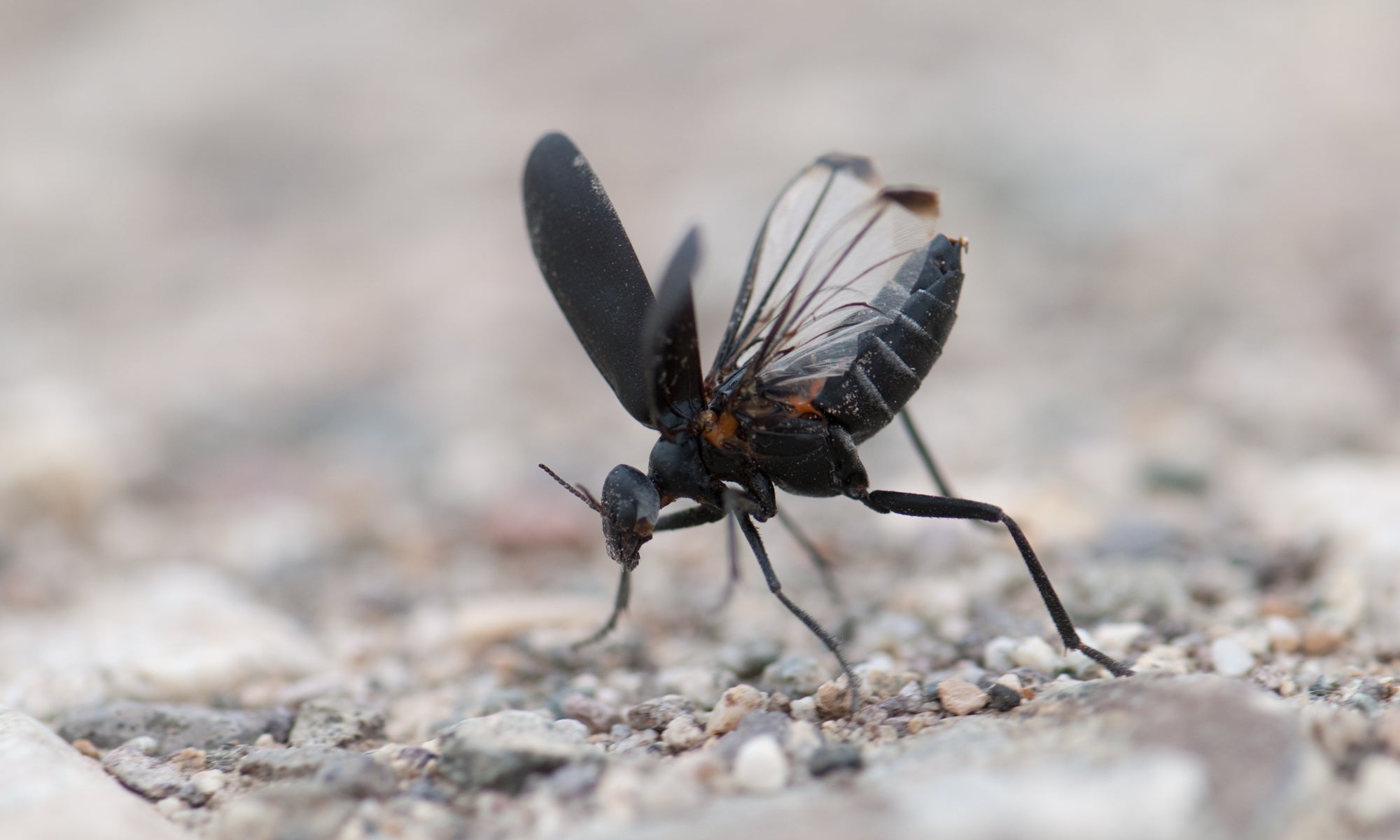Rebecca A. Nelson, Dylan J. MacArthur-Waltz and Deborah M. Gordon
Abstract
Comparing the thermal tolerance and performance of native and invasive species from varying climatic origins may explain why some native and invasive species can coexist. We compared the thermal niches of an invasive and native ant species. The Argentine ant (Linepithema humile) is an invasive species that has spread to Mediterranean climates worldwide, where it is associated with losses in native arthropod biodiversity. In northern California, long-term surveys of ant biodiversity have shown that the winter ant (Prenolepis imparis) is the native species best able to coexist with Argentine ants. Both species tend hemipteran scales for food, and previous research suggests that these species’ coexistence may depend on seasonal partitioning: winter ants are active primarily in the colder winter months, while Argentine ants are active primarily in the warmer months in northern California.
We investigated the physiological basis of seasonal partitioning in Argentine and winter ants by a) measuring critical thermal limits, and b) comparing how ant walking speed varies with temperature. While both species had similar CTmax values, we found differences between the two species’ critical thermal minima that may allow winter ants to remain functional at ecologically relevant temperatures between 0 and 2.5 °C. We also found that winter ants’ walking speeds are significantly less temperature-dependent than those of Argentine ants. Winter ants walk faster than Argentine ants at low temperatures, which may allow the winter ants to remain active and forage at lower winter temperatures. These results suggest that partitioning based on differences in temperature tolerance promotes the winter ant’s continued occupation of areas invaded by the Argentine ant.
Journal of Thermal Biology

